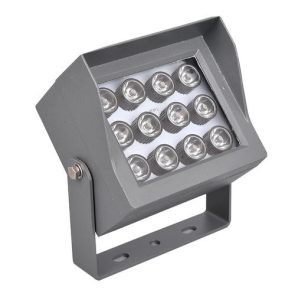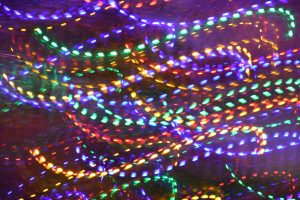2. Analysis of the Causes of the Failure Phenomenon Caused by the Open Circuit of the Solder Joints of the LED Light
2.2 Packaging Process
Every process in the packaging process must be carefully operated, and any negligence in any link is the cause of failure.
Spot crystal, solid crystal process
In the process of spot crystal and solid crystal, too much or too little silver glue (for single solder joint chip) will be detrimental to the lamp. If there is too much silver glue, the glue will return to the gold pad of the chip, causing a short circuit. There is less silver glue, and the chip is not sticky. The same is true for the double-soldered chip insulation glue. If you point too much insulation glue, it will return to the gold pad of the chip, resulting in virtual welding during welding, resulting in the failure of the lamp. If the chip is missing, it will not stick well. So the dispensing must be just right, neither too much nor too little.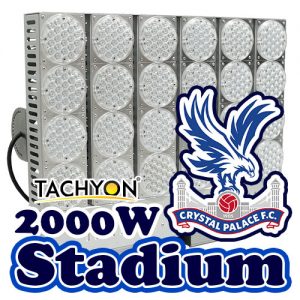
Welding process
The welding process is also critical. The four parameters of pressure, time, temperature and power of the gold wire ball bonding machine should be matched just right. In addition to the fixed time, the other three parameters are adjustable. The adjustment of the pressure should be moderate. If the pressure is too high, the chip will be easily crushed. If the pressure is too small, it will be easy to solder. Welding temperature is generally adjusted at 280 ℃ as well. The adjustment of power refers to the adjustment of ultrasonic power. It is not good to be too large or too small, and it should be moderate. In short, the adjustment of various parameters of the gold wire ball welding machine is qualified by testing the welded material with a spring torque tester of ≥6 grams.
In addition, the arc of the welding wire is also required. The arc height of a single solder joint chip is 1.5-2 chip thicknesses, and the arc height of a double solder joint chip is 2-3 chip thicknesses. The height of the radian can also cause quality problems with the LED. If the arc height is too low, it is easy to cause failure during welding, and if the arc height is too large, the resistance to current impact is poor.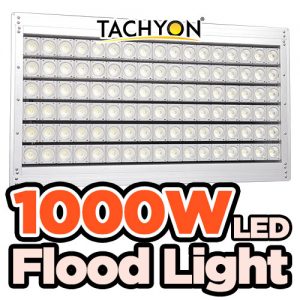
3. Methods to Identify the Failure of Virtual Welding
How to identify virtual welding
Use a lighter to heat the lead of the LED light to 200-300℃, remove the lighter, and use a 3-volt button battery to connect the LED with the positive and negative electrodes. If the LED light can be lit at this time, but as the lead wire temperature decreases, the LED light changes from bright to off, which proves that the LED light is soldered. The reason why heating can light is to use the principle of metal thermal expansion and contraction. When the LED lead wire is heated, it expands and stretches and is connected to the internal solder joint. At this time, when the power is turned on, the LED can emit light normally. As the temperature drops, the LED lead shrinks back to normal temperature, disconnects from the internal solder joints, and the LED light does not light up. This method has been tried and tested.
Weld the two leads of the failed lamp of this kind of virtual welding on a metal strip and soak it with concentrated sulfuric acid to dissolve the external colloid of the LED. After the colloid is completely dissolved, take it out, observe the welding situation of each solder joint under a magnifying glass or a microscope, and you can find out whether it is the first welding or the second welding problem. It can also be found that the parameter setting of the gold wire ball welding machine is incorrect, or other reasons lead to failure, so as to improve the method and process and prevent the phenomenon of virtual welding from happening again.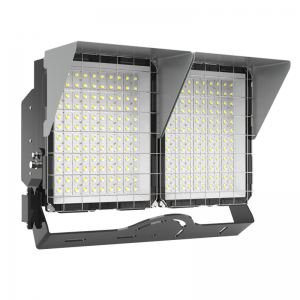
Two other reasons why LED lights fail
Users of LED products will also encounter failures. This is the phenomenon of failure of LED products after a period of use. There are two reasons for failure, open circuit failure is poor welding quality, or the quality of bracket plating is wrong. The increased leakage current of the LED chip will also cause the LED light not to light up.
Nowadays, many LED products do not have anti-static protection in order to reduce costs. So it is easy to damage the chip by induced static electricity. Thunderstorms on rainy days are prone to high-voltage static electricity induced by power supply lines, as well as spikes superimposed on power supply lines. This will cause the LED products to suffer different degrees of damage.
Conclusion
In short, there are many reasons for the failure of LED lights, which cannot be listed one by one. Failures may occur in all links from packaging, application, to use. How to improve the quality of LED products is a problem that packaging companies and application companies should attach great importance to and study carefully. From the selection of chips and brackets to LED packaging, the entire process must be operated in accordance with the ISO2000 quality system.
Only in this way can the quality of LED products be comprehensively improved. And long life and high reliability can be achieved. In the circuit design of the application, choosing varistor and PPTC components to improve the protection circuit, increasing the number of parallel circuits, using constant current switching power supply and adding temperature protection are all effective measures to improve the reliability of LED products. As long as the packaging and application companies operate strictly in accordance with the ISO2000 quality system, the quality of LED products will be brought to a new level.



